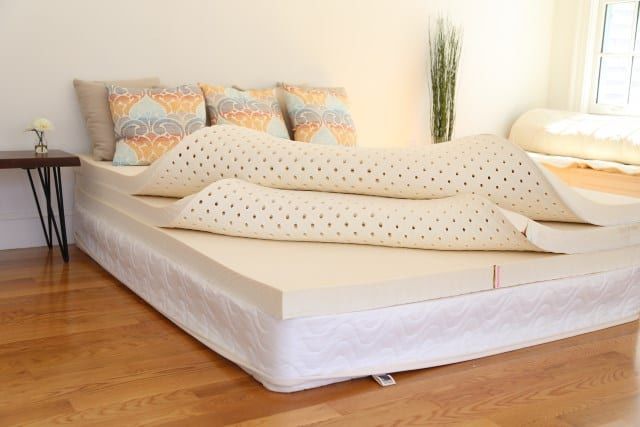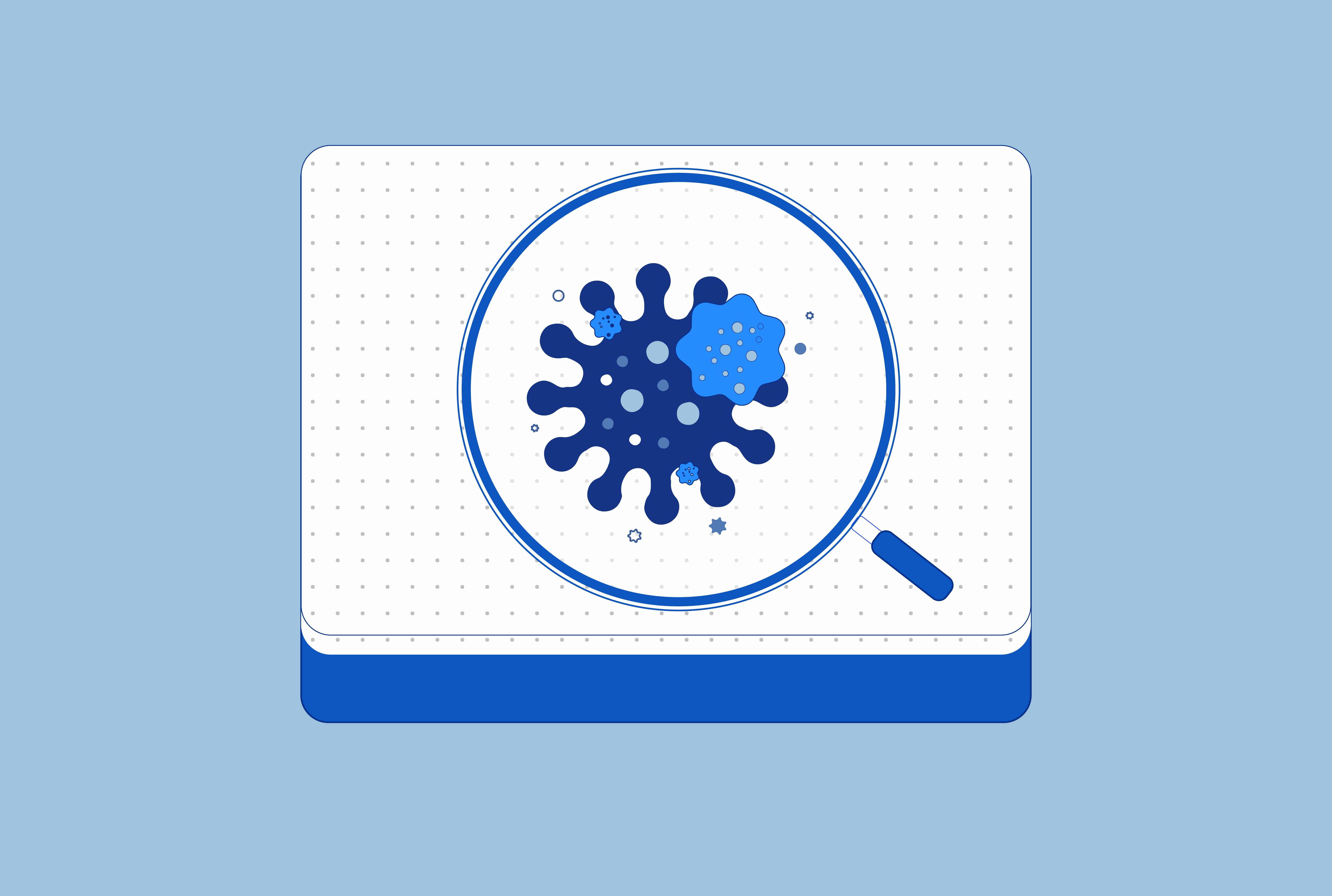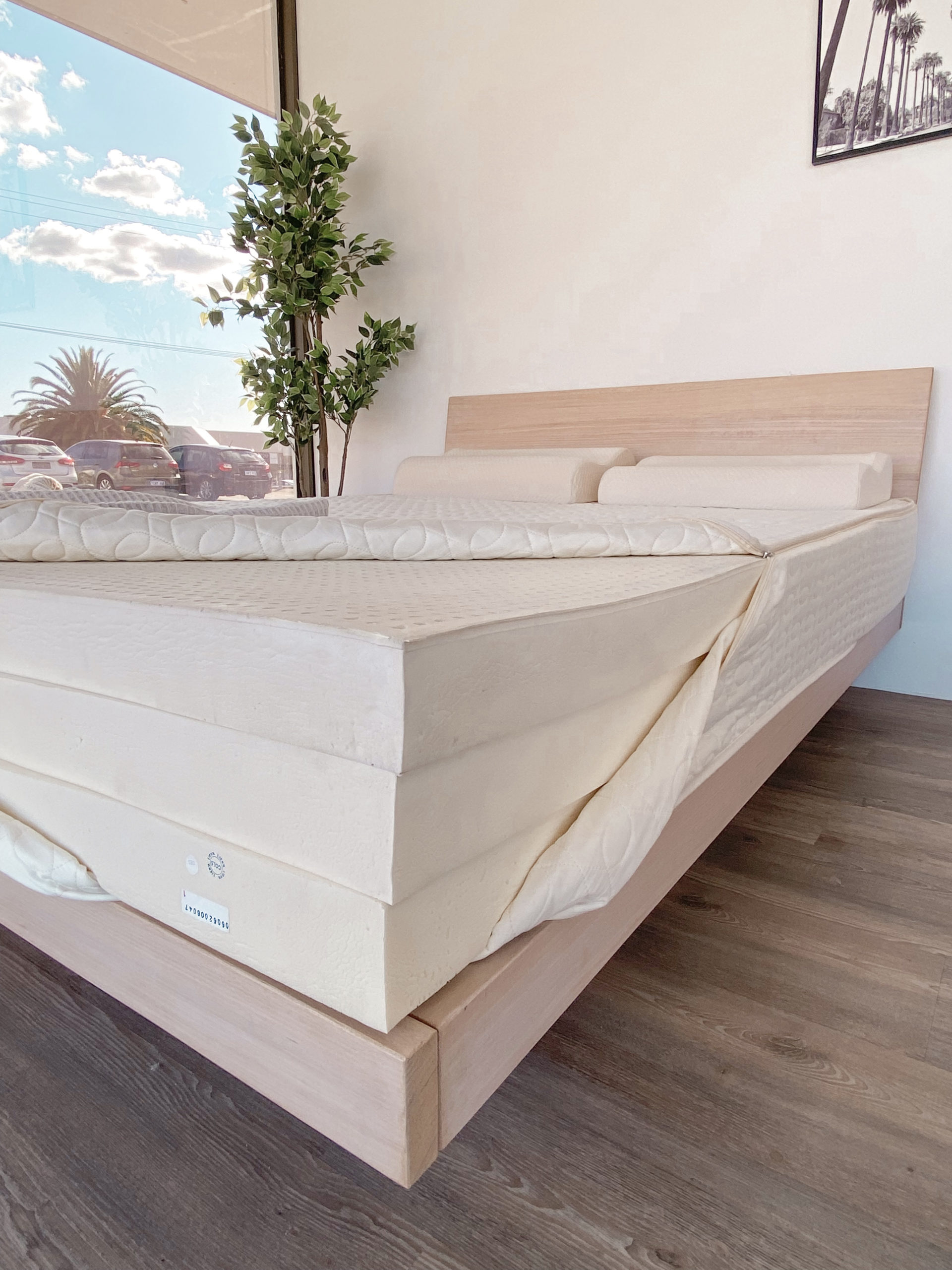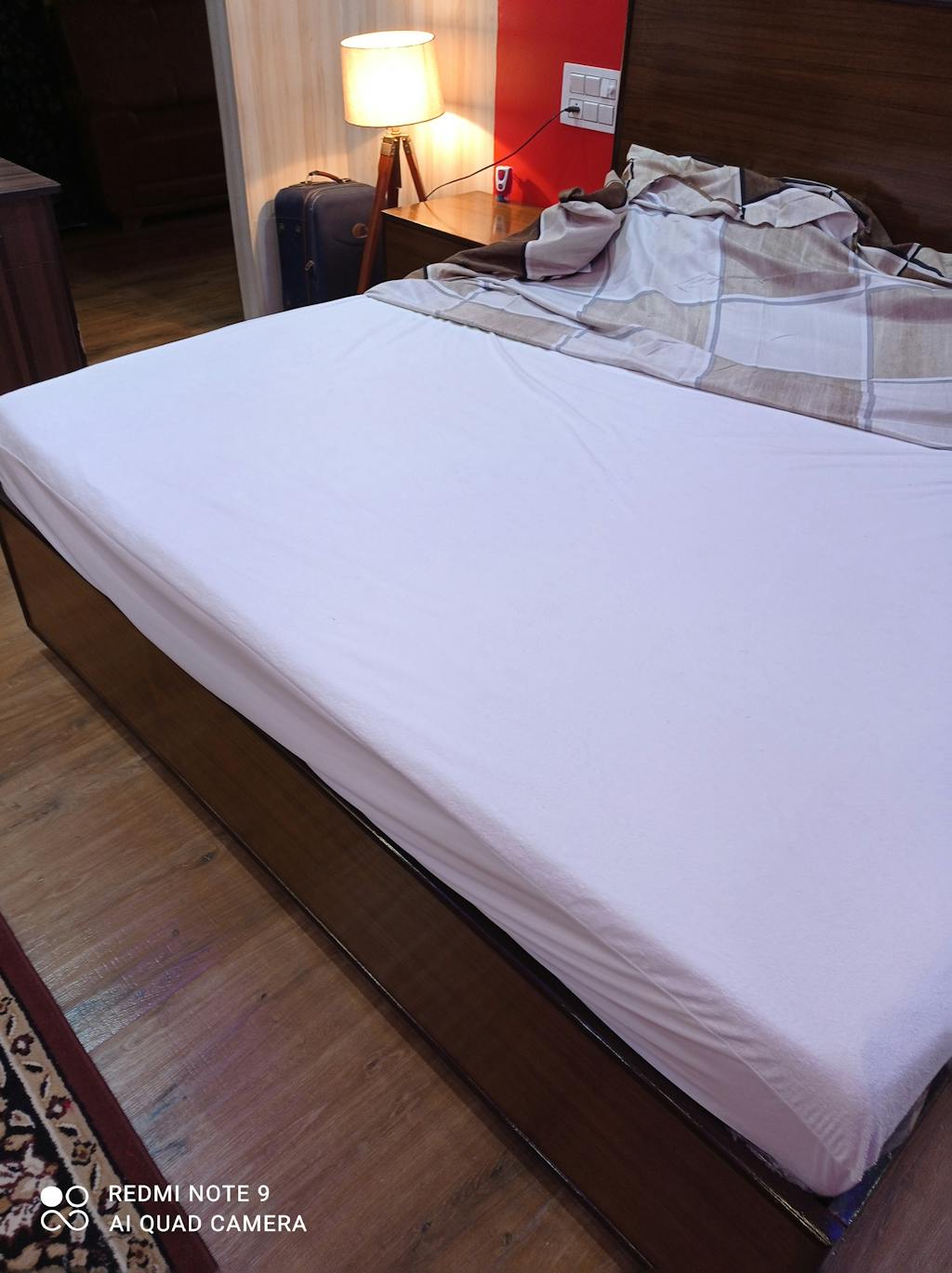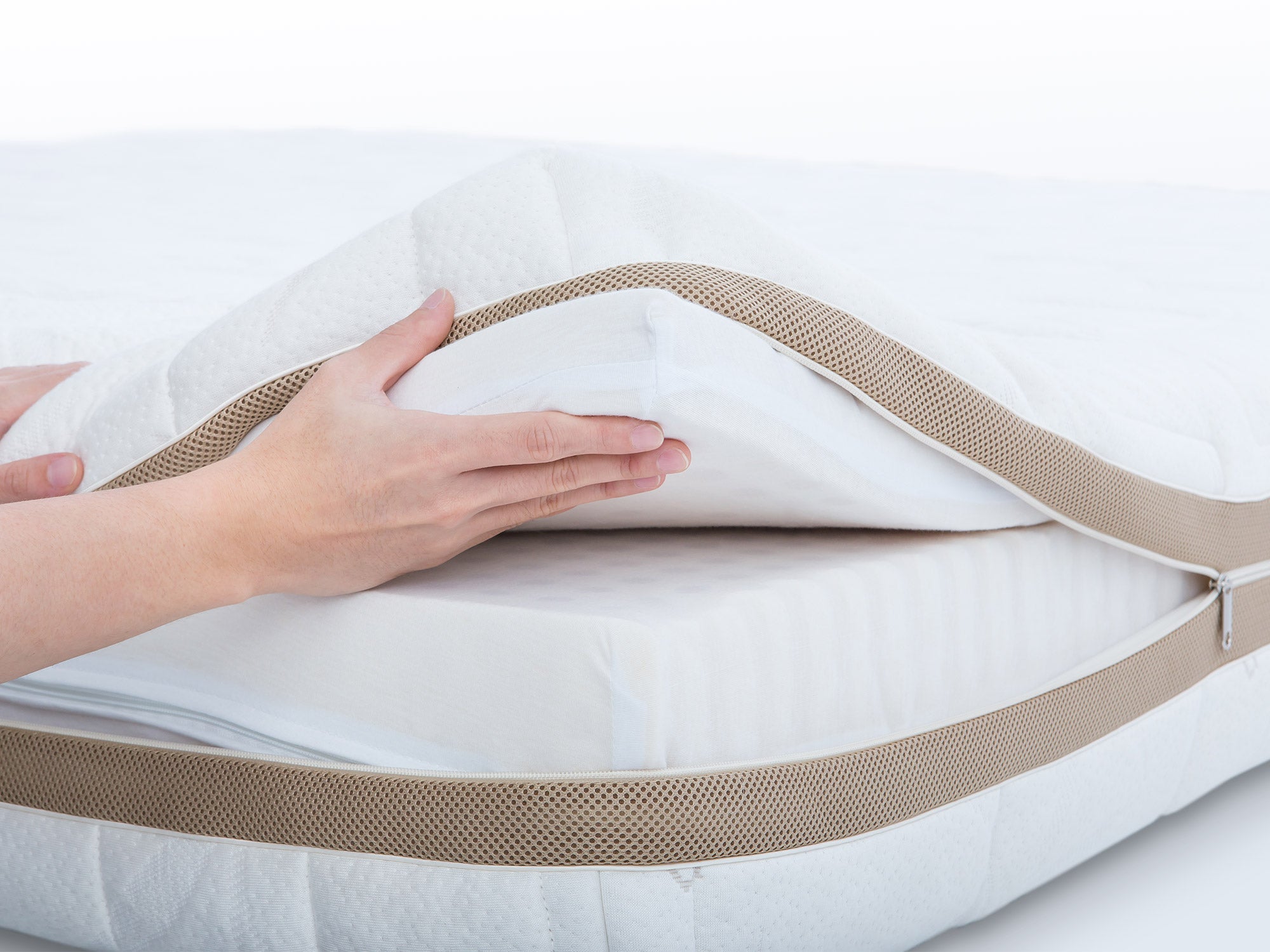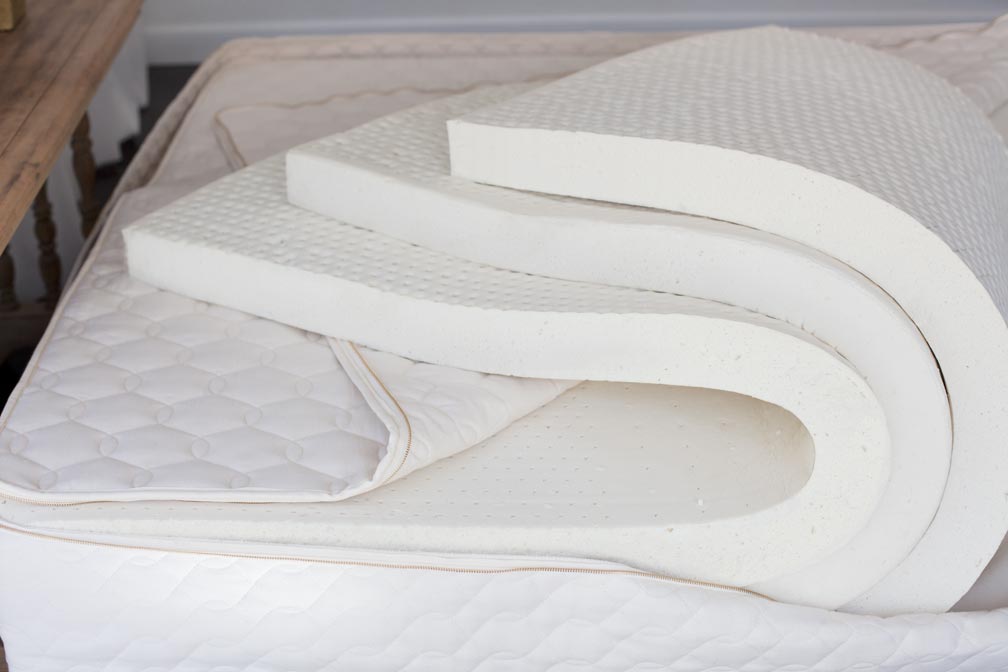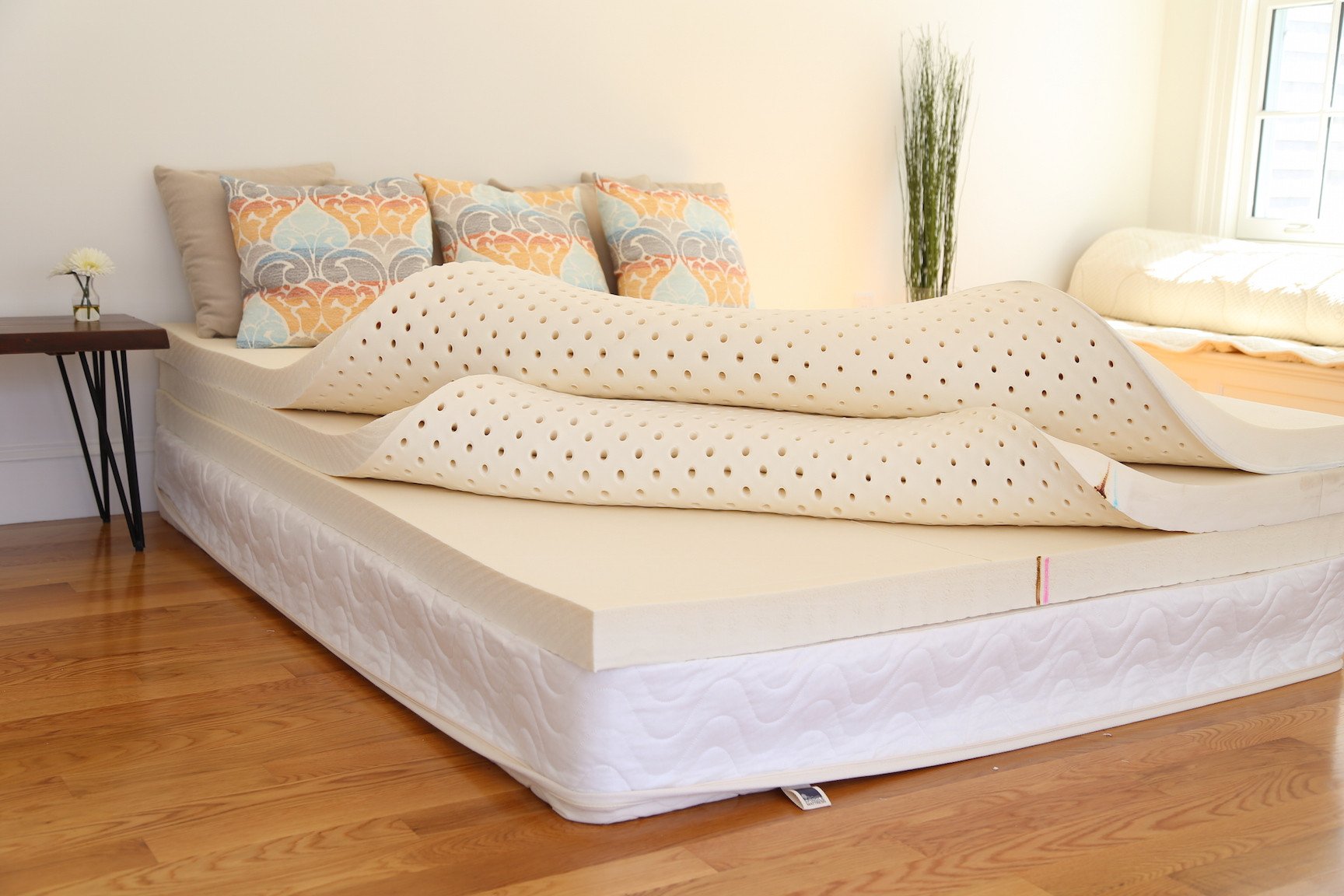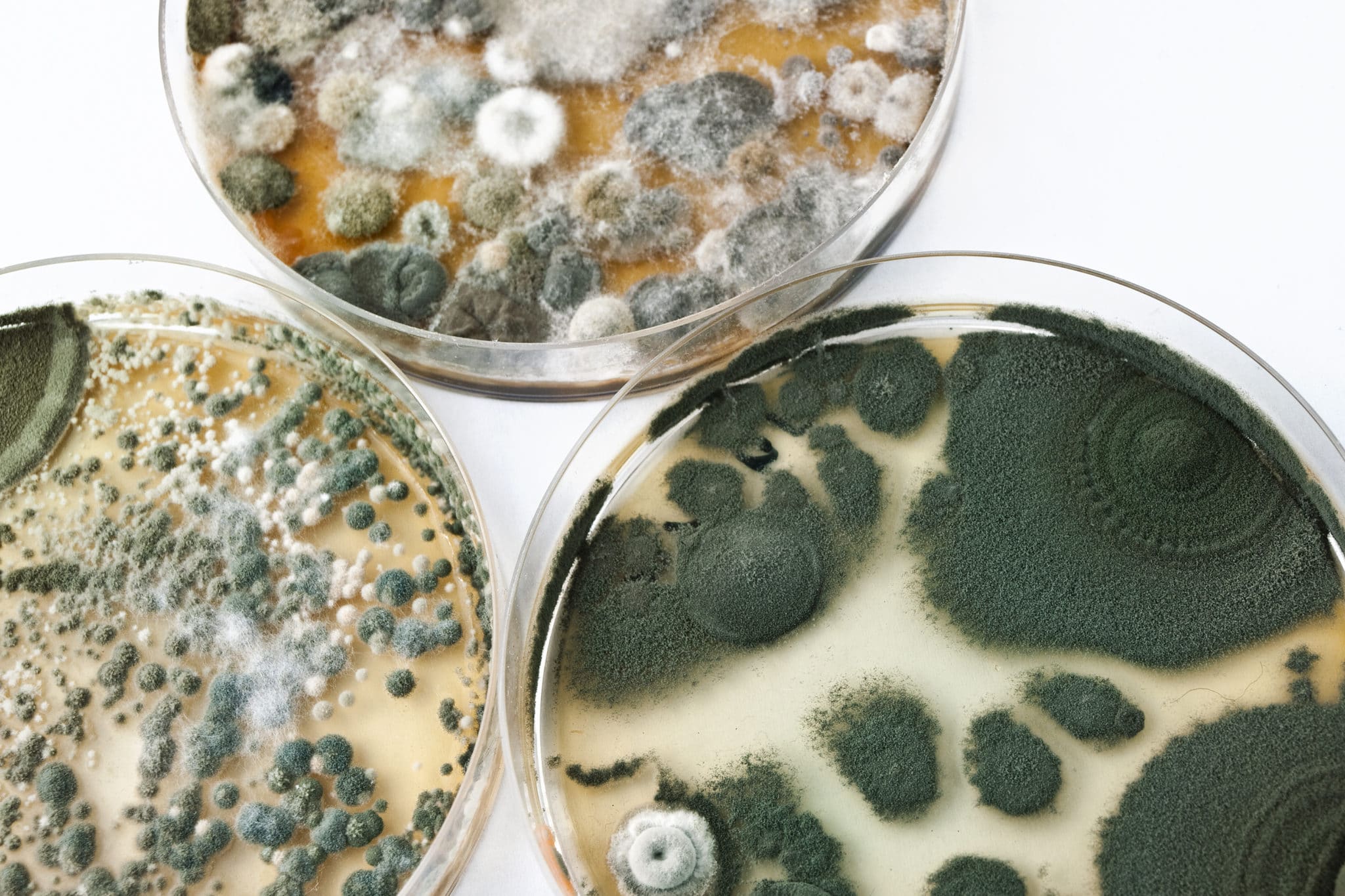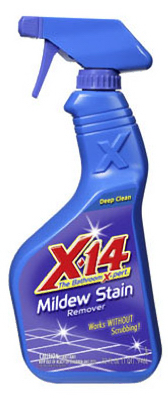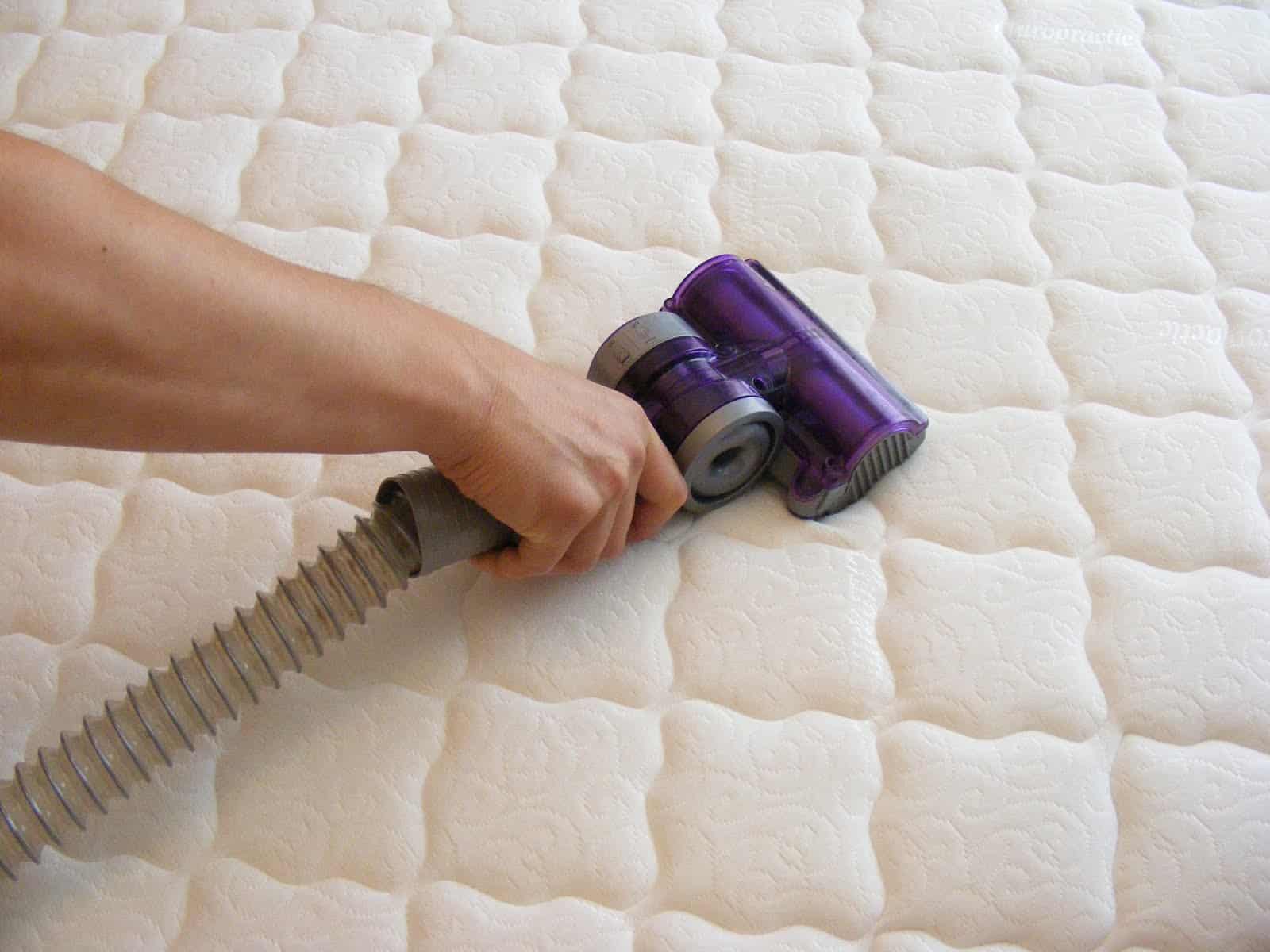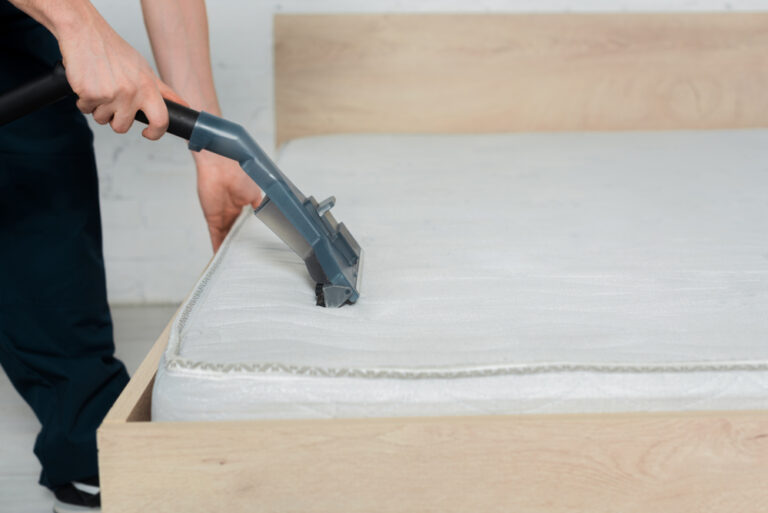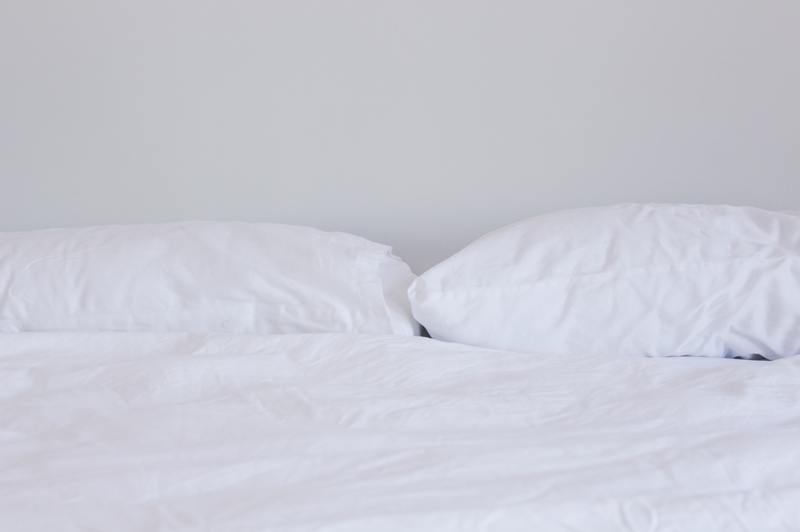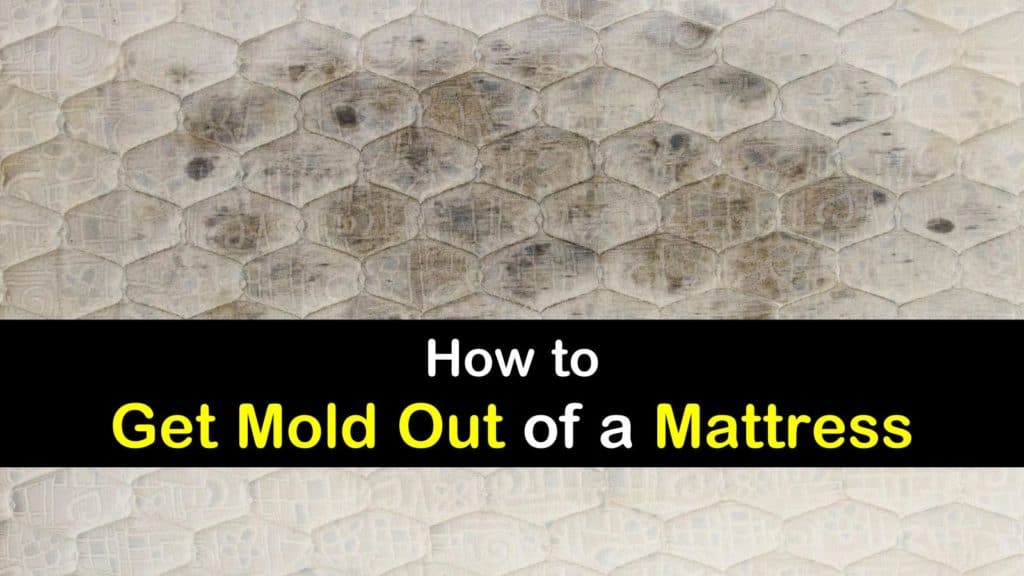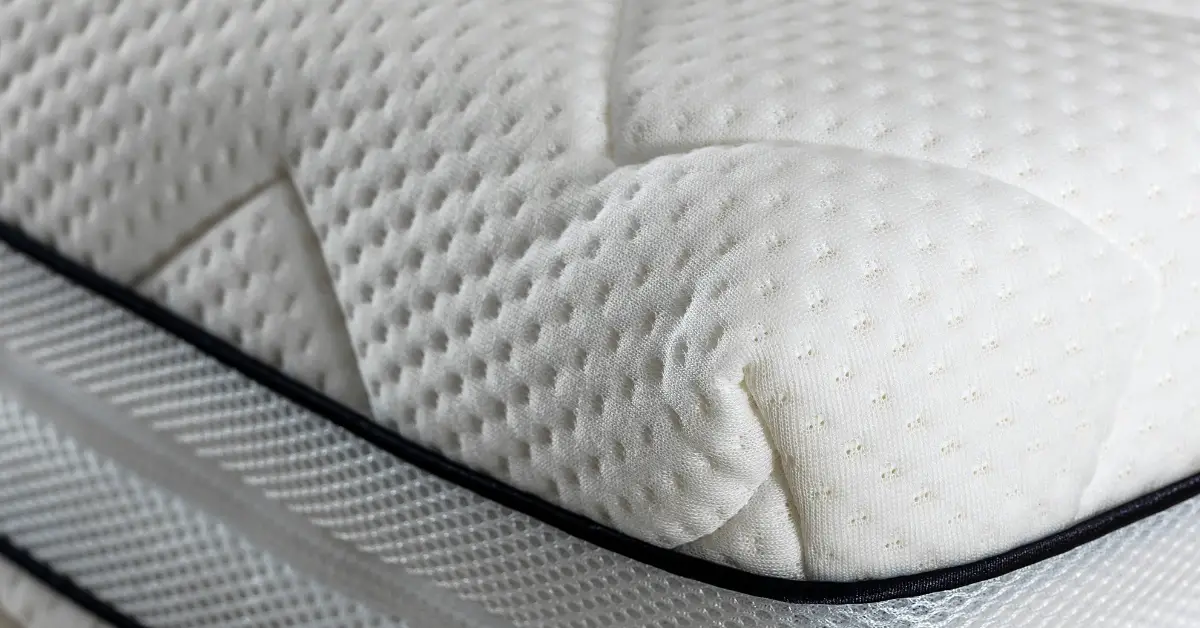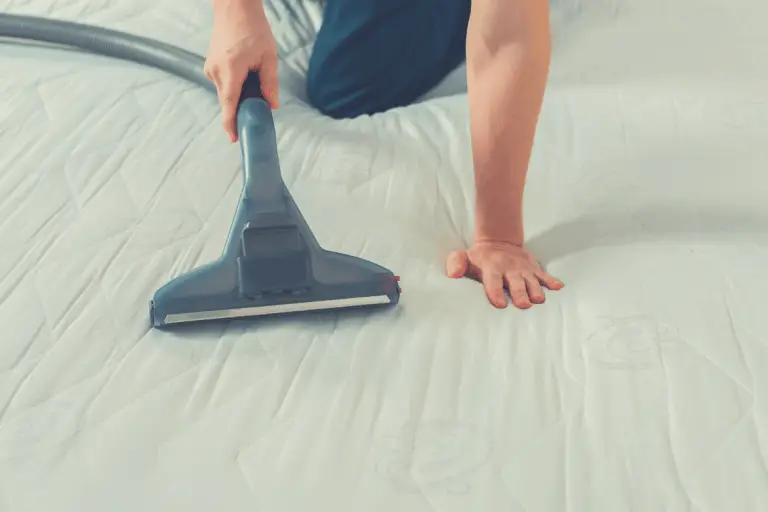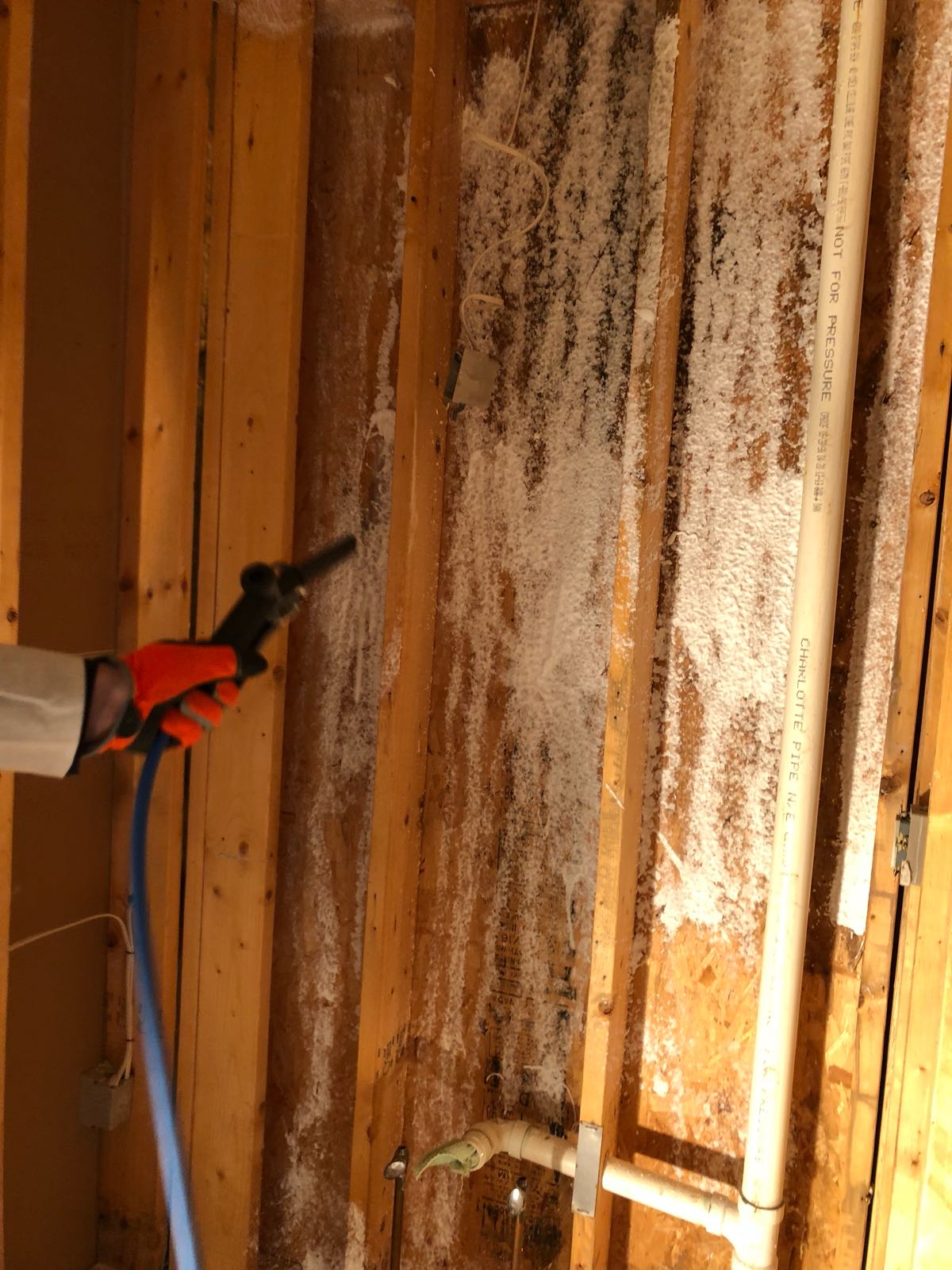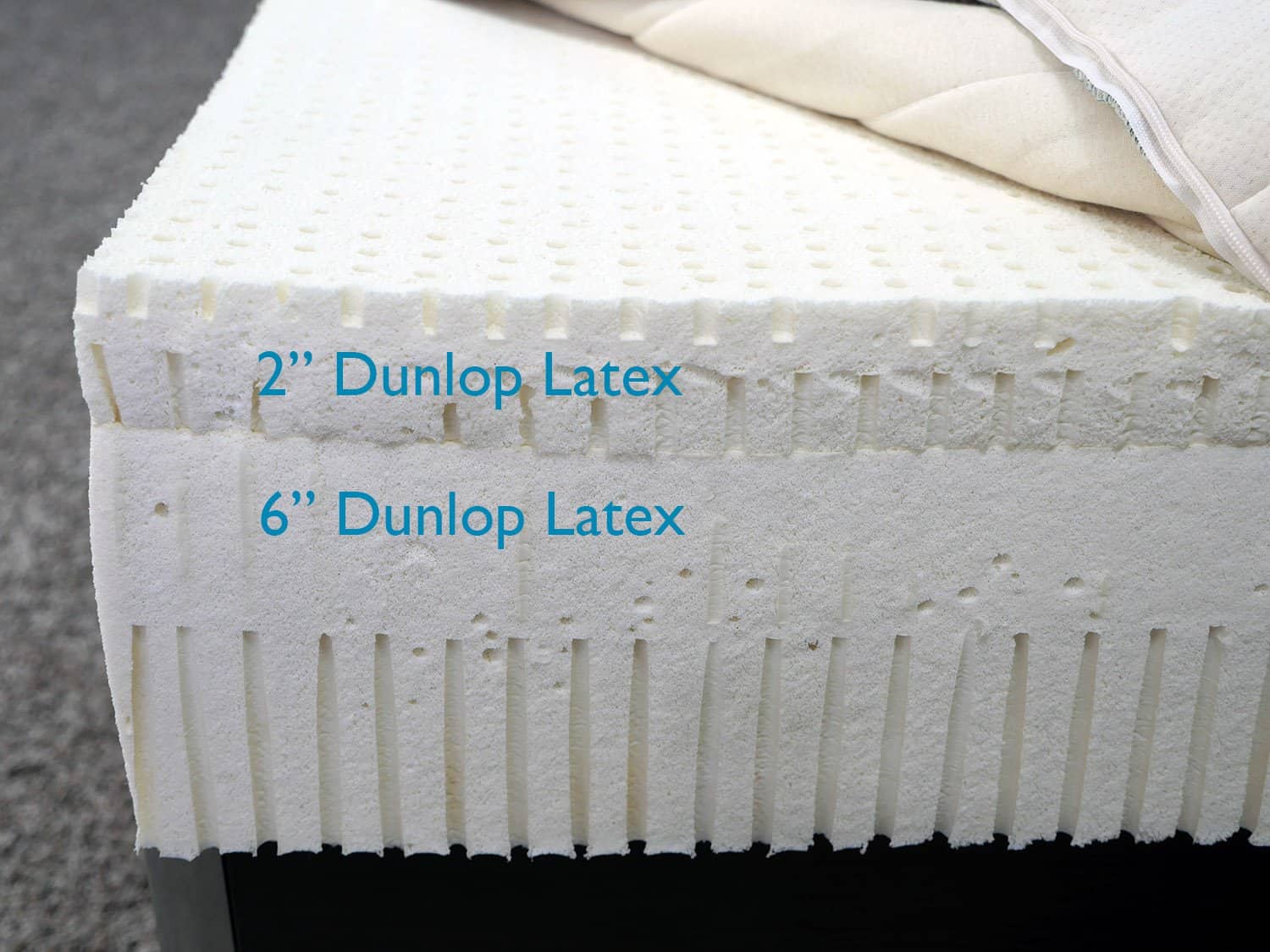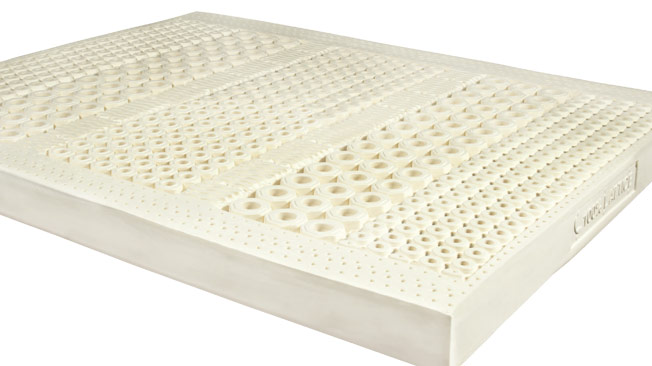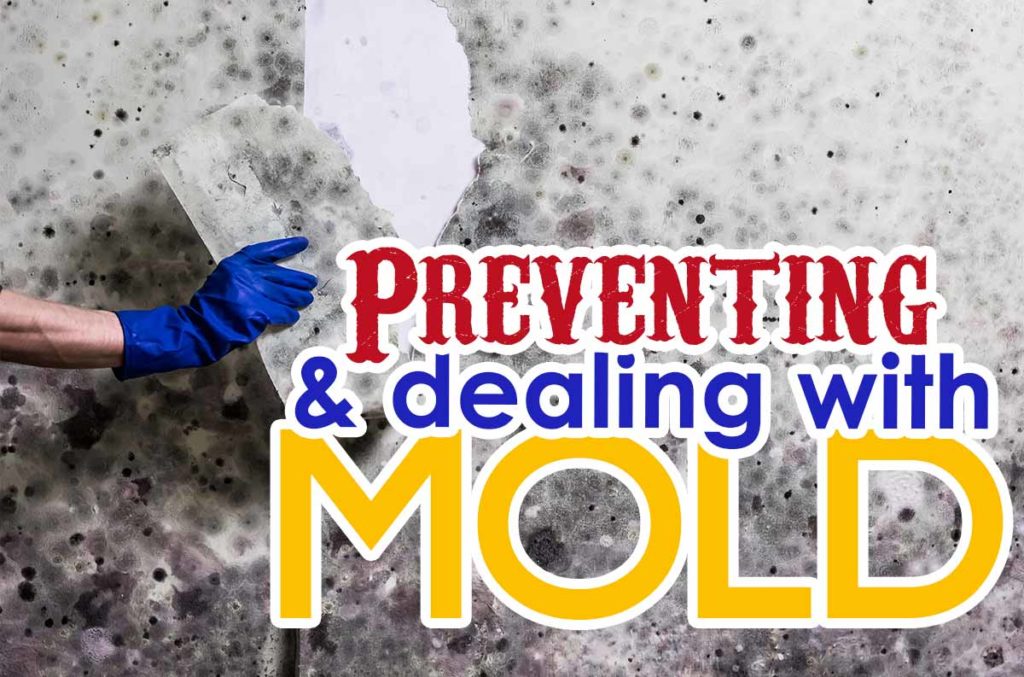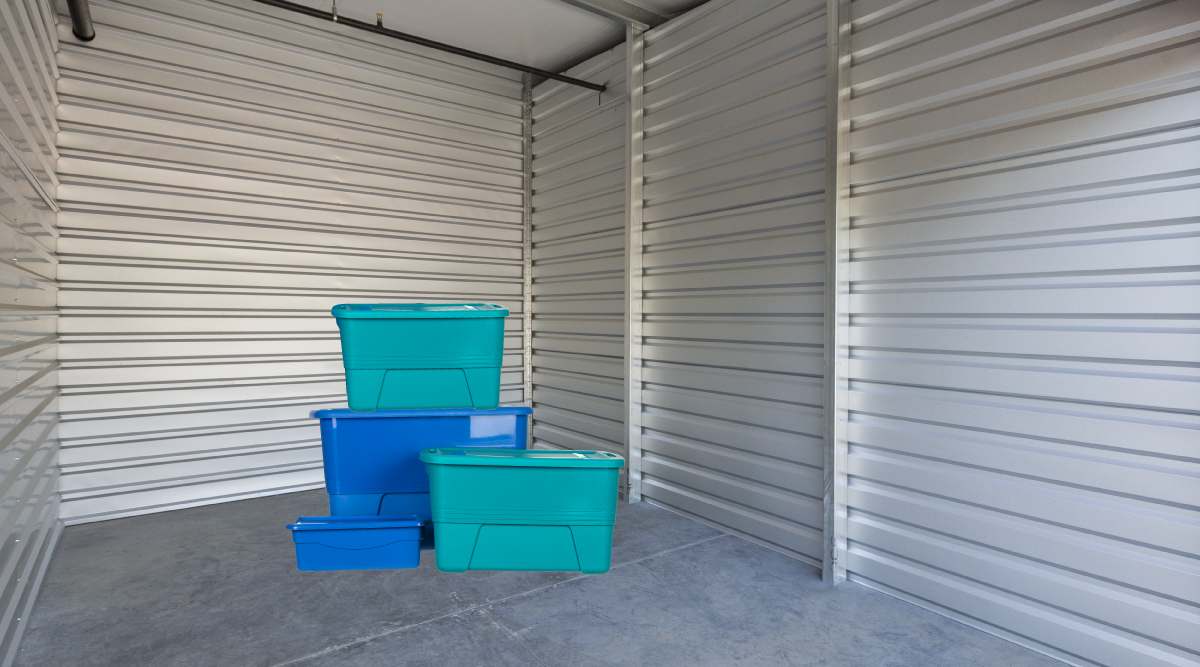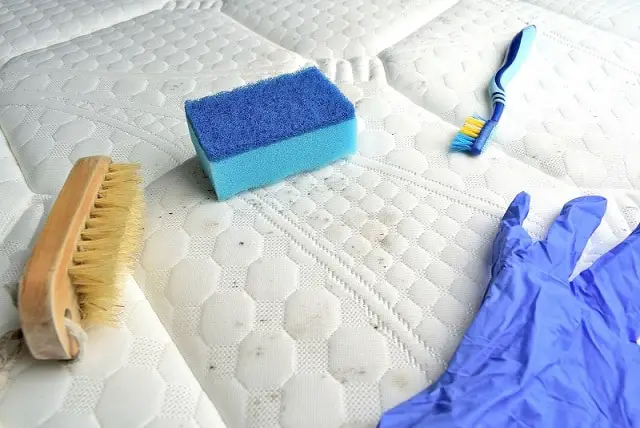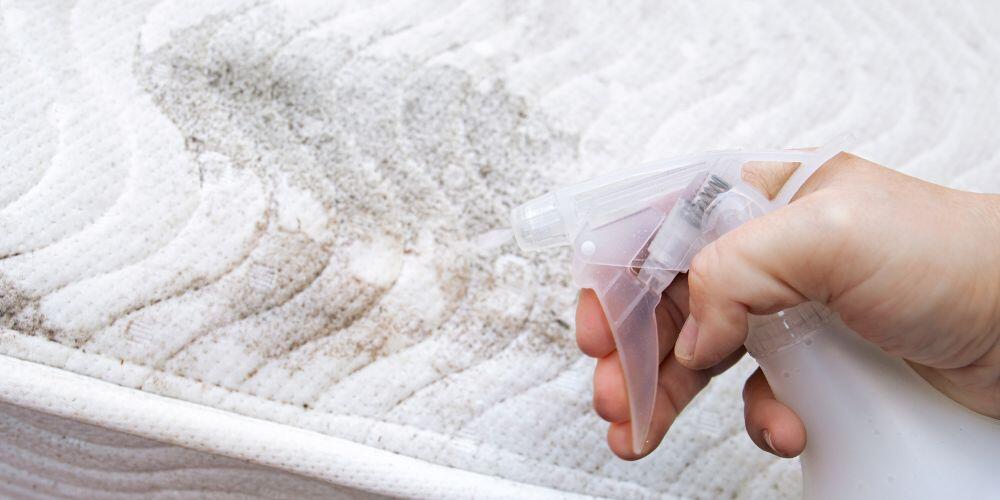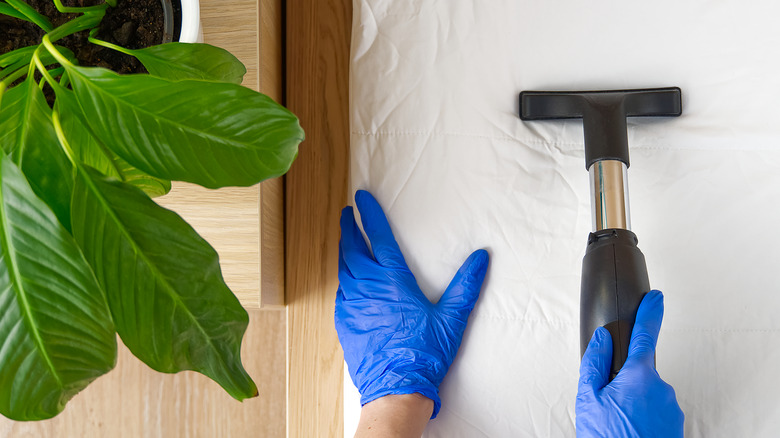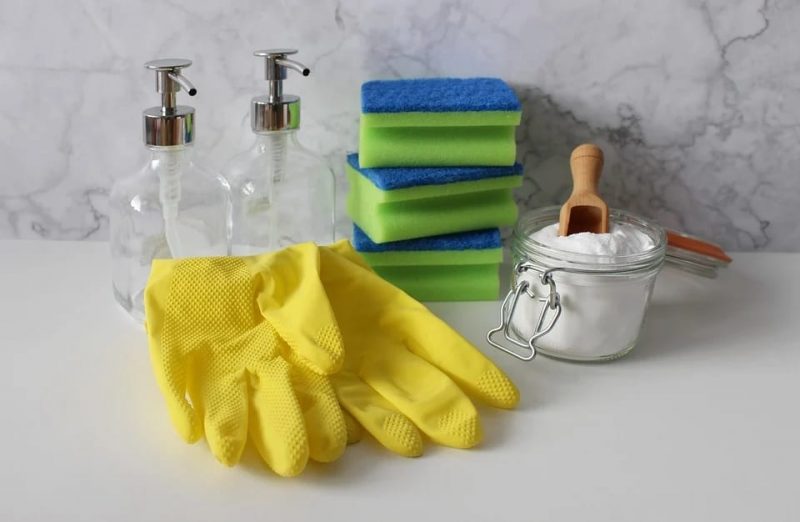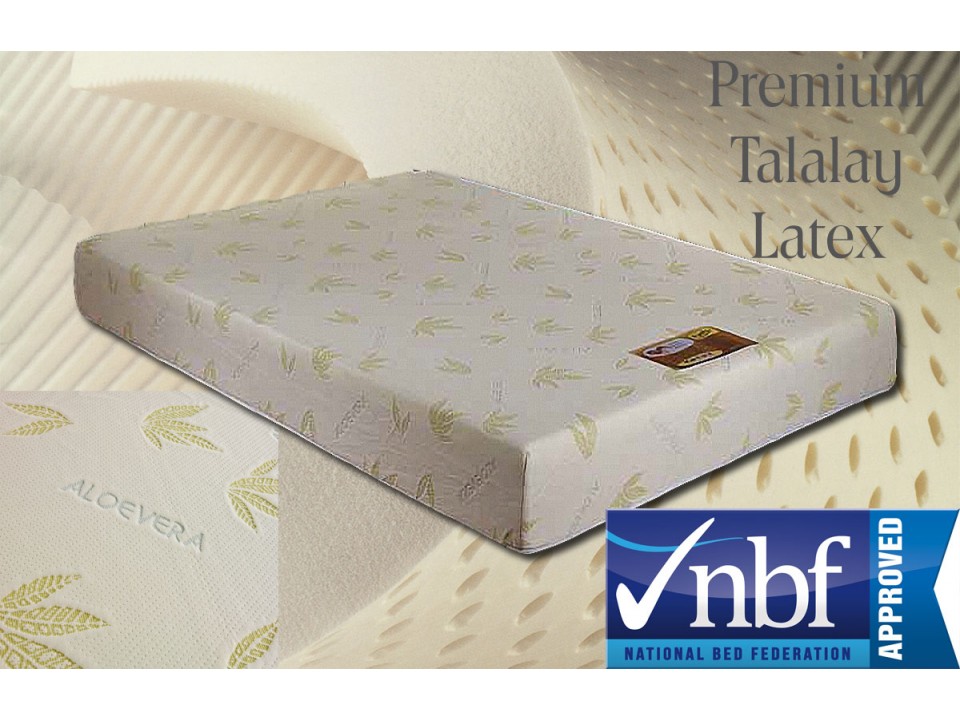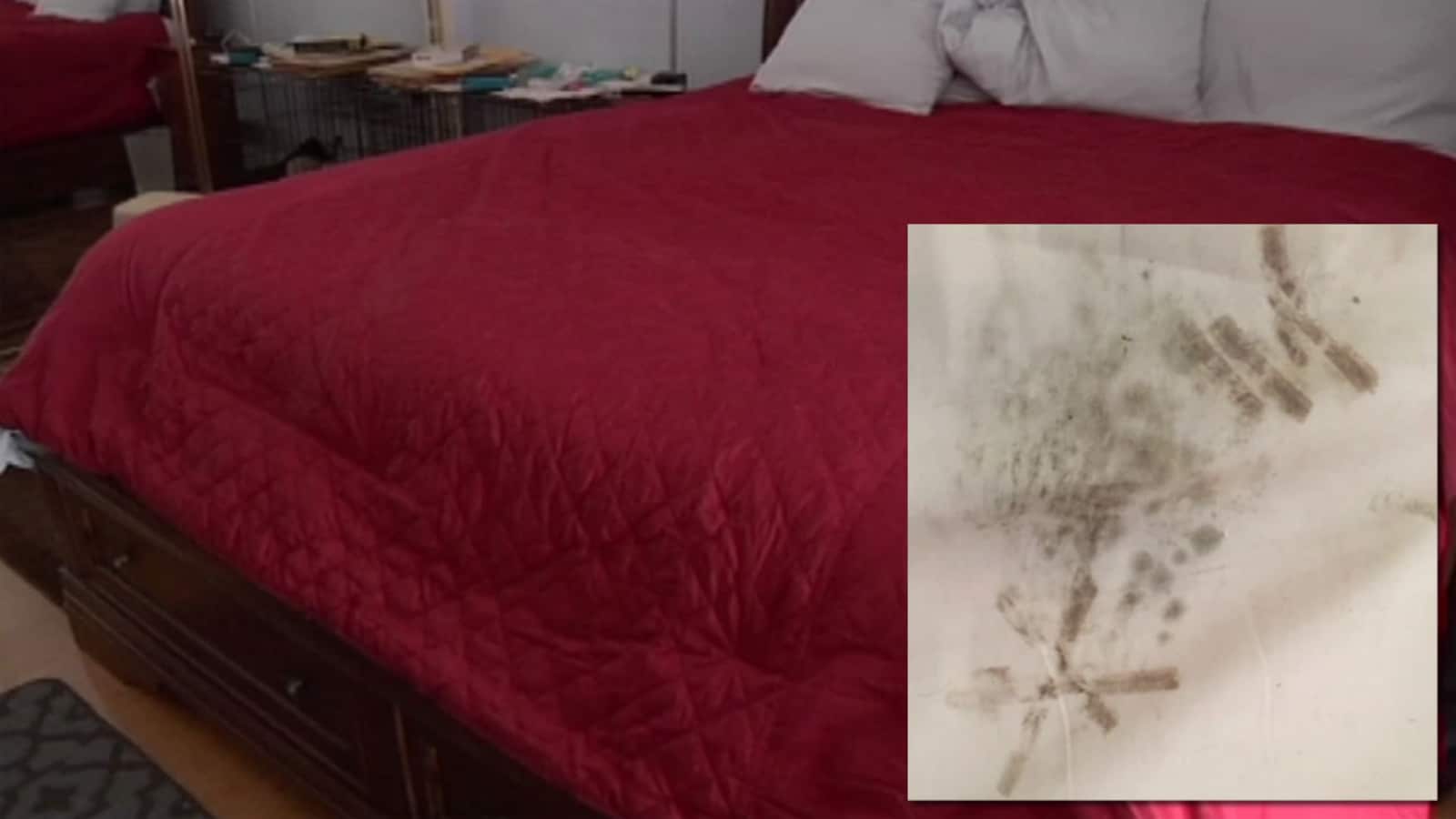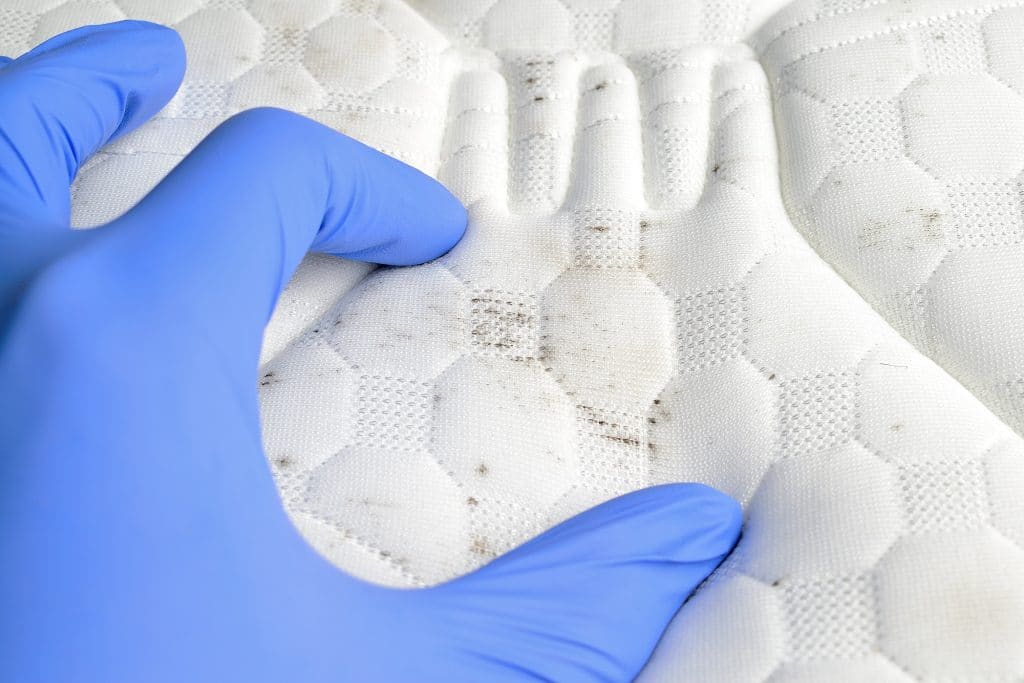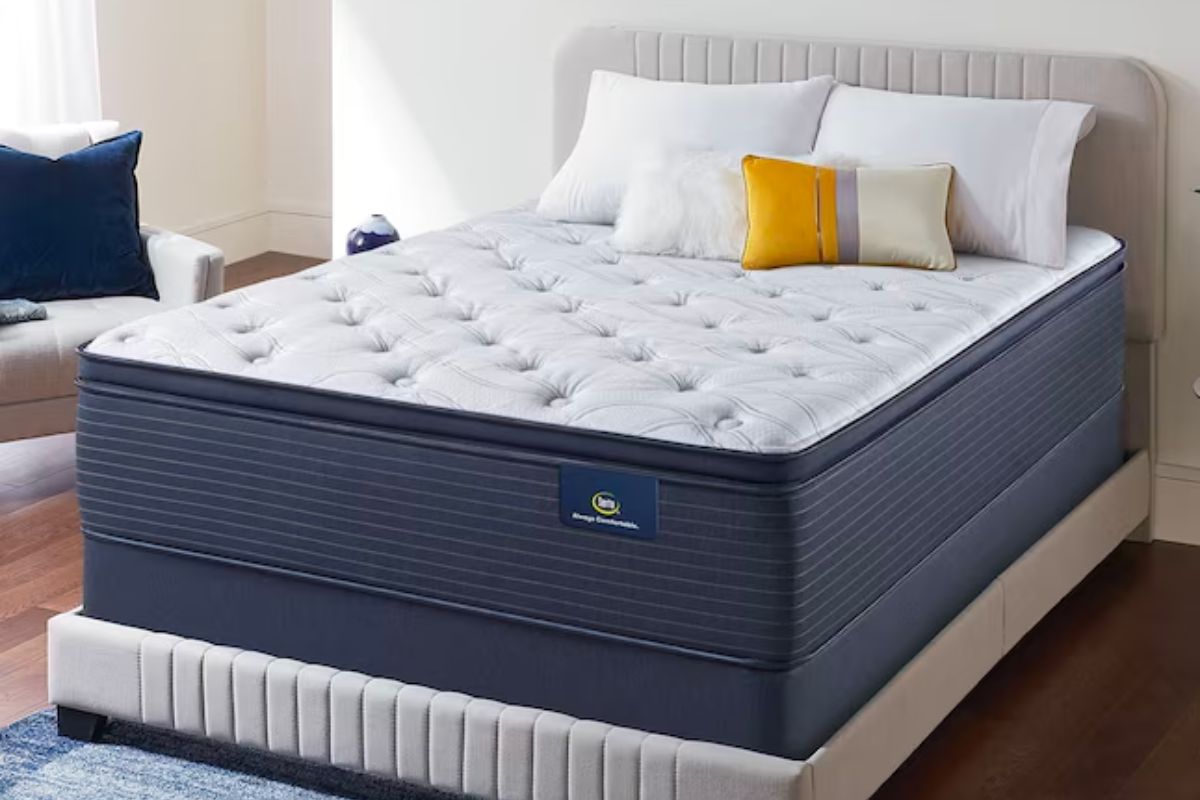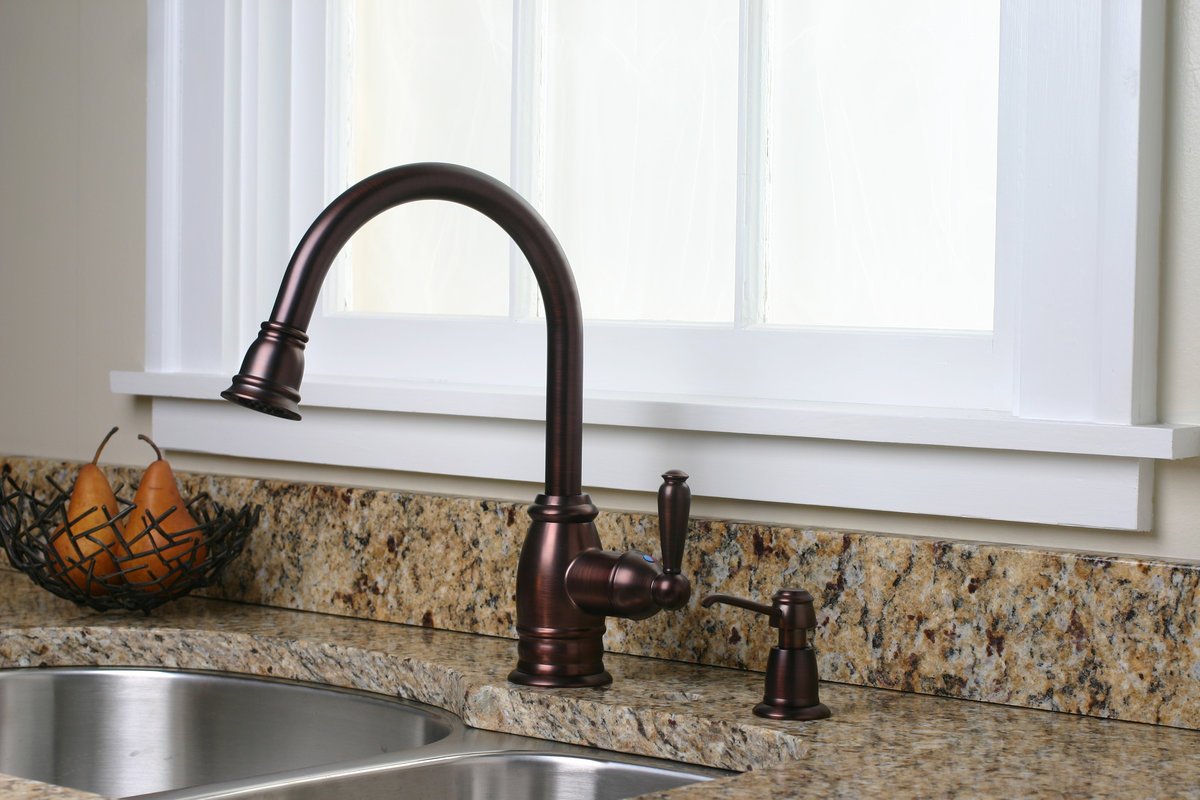Latex mattresses have been gaining popularity in recent years due to their durability, comfort, and hypoallergenic properties. However, one concern that many people have is whether these mattresses are prone to mold growth. After all, mold is not only unsightly but can also pose health risks. So, do latex mattresses get moldy? The short answer is yes, they can. Just like any other material, latex mattresses are not completely immune to mold growth. However, the good news is that there are steps you can take to prevent and combat mold on your latex mattress. Let's take a closer look at why mold can grow on latex mattresses and what you can do to keep your mattress mold-free.Do Latex Mattresses Get Moldy?
Mold thrives in warm, damp environments. This makes your mattress an ideal breeding ground for mold, especially if you live in a humid climate. The first step to preventing mold on your latex mattress is to keep it dry. Make sure to air out your mattress regularly by opening windows or using a fan. This will also help to keep the mattress smelling fresh. Another important step in mold prevention is to use a mattress protector. This will not only protect your mattress from spills and stains but also create a barrier between your body and the mattress, preventing sweat and moisture from seeping in. Look for a protector that is breathable and made of a moisture-wicking material such as bamboo or cotton.Latex Mattress Mold Prevention
In addition to the steps mentioned above, there are a few more things you can do to keep your latex mattress mold-free. First, avoid placing your mattress directly on the floor. This can trap moisture and create the perfect environment for mold to grow. Instead, use a bed frame with slats to allow for proper air circulation. It's also important to regularly clean and vacuum your mattress. This will help to remove any dust or debris that can contribute to mold growth. If you do notice any discoloration or musty odors on your mattress, it's important to act quickly to prevent the mold from spreading.How to Keep Your Latex Mattress Mold-Free
Proper care and maintenance of your latex mattress can go a long way in preventing mold growth. Make sure to rotate your mattress every few months to distribute wear evenly. This will also help to prevent moisture buildup in one specific area. If you have a spill or accident on your mattress, be sure to clean it up immediately and allow the area to dry completely before replacing your mattress protector and sheets. Additionally, it's important to keep your bedroom well-ventilated. Open windows or use a dehumidifier to reduce the moisture level in the air. This will not only help to prevent mold on your mattress but also in other areas of your home.Latex Mattress Care: Preventing Mold Growth
While latex mattresses are naturally resistant to mold, they are not completely immune. Mold can still grow on latex mattresses, especially if they are not properly cared for. This is why it's important to take preventative measures and address any issues as soon as they arise. If you do happen to find mold on your latex mattress, don't panic. With the right techniques, you can effectively remove mold and prevent it from returning.Can Mold Grow on Latex Mattresses?
In addition to regular cleaning and maintenance, there are a few other things you can do to prevent mold and mildew on your latex mattress. One option is to use a natural disinfectant spray, such as a mixture of vinegar and water, to periodically clean your mattress. This can help to kill any mold spores and prevent them from growing. You can also try using a UV light to kill any mold or bacteria that may be lurking on your mattress. Just be sure to follow the manufacturer's instructions and wear protective gear while using the light.Latex Mattress Maintenance: Preventing Mold and Mildew
If you do find mold on your latex mattress, it's important to take action immediately. The longer you wait, the more difficult it will be to remove the mold and prevent it from spreading. The first step is to remove all bedding and mattress protectors and wash them in hot water to kill any mold spores. Next, mix a solution of equal parts water and white vinegar in a spray bottle. Spray the affected area and let it sit for 15-20 minutes. Then, use a clean cloth or sponge to gently scrub the area. Rinse the area with a clean cloth and warm water and allow it to dry completely before replacing your bedding and mattress protector.How to Clean Mold from a Latex Mattress
If you're dealing with a larger mold problem on your mattress, it may be best to seek professional help. However, there are a few things you can do to try and remove the mold yourself. First, you can use a mild detergent and warm water to gently scrub the affected areas. Be sure to thoroughly rinse and dry the area before replacing your bedding and mattress protector. You can also try using a mixture of baking soda and water to create a paste and apply it to the affected area. Let it sit for a few hours before vacuuming it up. This can help to absorb any remaining moisture and mold spores.Latex Mattress Mold Removal Tips
Aside from regular cleaning and maintenance, there are a few other tricks you can use to prevent mold on your latex mattress. Some people have had success using a mattress topper made of a breathable material, such as wool, to help wick away moisture and prevent mold growth. You can also try using a dehumidifier in your bedroom to reduce the overall moisture level in the air. This can be especially helpful in humid climates or during the summer months when mold growth is more likely.Preventing Mold on Your Latex Mattress: Tips and Tricks
In conclusion, while latex mattresses can get moldy, there are steps you can take to prevent and combat mold growth. Regular cleaning and maintenance, using a mattress protector, and keeping your bedroom well-ventilated are all important factors in keeping your latex mattress mold-free. And if you do happen to encounter mold on your mattress, don't panic. With the right techniques, you can effectively remove it and prevent it from returning. By following these tips and tricks, you can ensure that your latex mattress stays clean, fresh, and mold-free for years to come.Latex Mattress Mold Prevention: What You Need to Know
The Benefits of Latex Mattresses

Prevention of Mold Growth
 One of the main concerns when it comes to mattresses is the growth of mold and mildew. Mattresses that are made of traditional materials such as cotton or foam are more susceptible to mold growth due to the accumulation of moisture and body heat. However,
latex mattresses
have natural antimicrobial properties that make them resistant to mold and mildew growth.
Latex is a naturally breathable material that allows for proper air circulation, preventing moisture from getting trapped inside the mattress. This, combined with its antimicrobial properties, makes
latex mattresses
less likely to develop mold and mildew
. This is especially beneficial for individuals who live in humid environments or those who experience night sweats.
Moreover, latex mattresses come with a removable and washable cover, making it easier to keep them clean and free from any potential mold growth. Regularly washing the cover and airing out the mattress can help prevent any mold buildup and ensure a healthier sleeping environment.
One of the main concerns when it comes to mattresses is the growth of mold and mildew. Mattresses that are made of traditional materials such as cotton or foam are more susceptible to mold growth due to the accumulation of moisture and body heat. However,
latex mattresses
have natural antimicrobial properties that make them resistant to mold and mildew growth.
Latex is a naturally breathable material that allows for proper air circulation, preventing moisture from getting trapped inside the mattress. This, combined with its antimicrobial properties, makes
latex mattresses
less likely to develop mold and mildew
. This is especially beneficial for individuals who live in humid environments or those who experience night sweats.
Moreover, latex mattresses come with a removable and washable cover, making it easier to keep them clean and free from any potential mold growth. Regularly washing the cover and airing out the mattress can help prevent any mold buildup and ensure a healthier sleeping environment.
Durability and Longevity
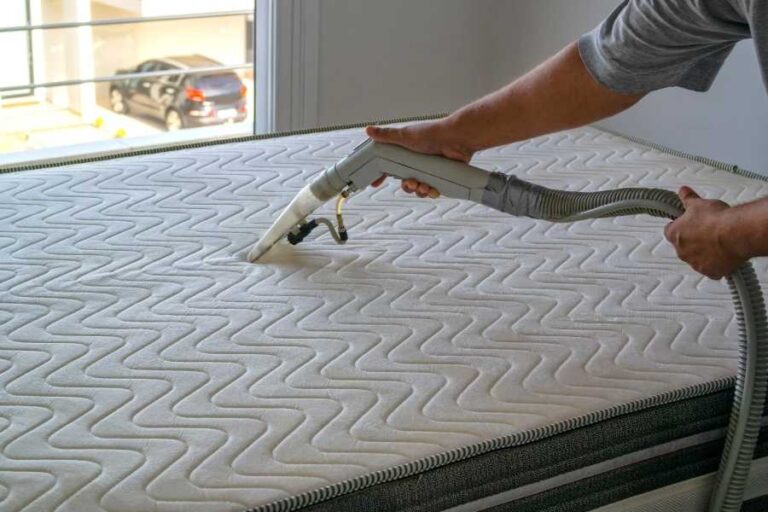 Another advantage of
latex mattresses
is their durability and longevity. Traditional mattresses tend to wear out and lose their shape over time, leading to the accumulation of moisture and bacteria which can contribute to mold growth. On the other hand, latex mattresses have a longer lifespan and are less prone to sagging and indentation, which can also contribute to mold growth.
With proper care and maintenance, a latex mattress can last for up to 20 years, making it a worthwhile investment for your overall health and well-being. Additionally, many latex mattresses come with warranties, providing customers with peace of mind and the assurance of a quality product.
In conclusion,
latex mattresses
are an excellent choice for those looking for a healthier and longer-lasting mattress. Its natural antimicrobial properties and durability make it a great option for preventing mold growth and creating a clean and comfortable sleeping environment. With the rise of concerns about indoor air quality and health, investing in a
latex mattress
can be a smart and beneficial choice for your home design.
Another advantage of
latex mattresses
is their durability and longevity. Traditional mattresses tend to wear out and lose their shape over time, leading to the accumulation of moisture and bacteria which can contribute to mold growth. On the other hand, latex mattresses have a longer lifespan and are less prone to sagging and indentation, which can also contribute to mold growth.
With proper care and maintenance, a latex mattress can last for up to 20 years, making it a worthwhile investment for your overall health and well-being. Additionally, many latex mattresses come with warranties, providing customers with peace of mind and the assurance of a quality product.
In conclusion,
latex mattresses
are an excellent choice for those looking for a healthier and longer-lasting mattress. Its natural antimicrobial properties and durability make it a great option for preventing mold growth and creating a clean and comfortable sleeping environment. With the rise of concerns about indoor air quality and health, investing in a
latex mattress
can be a smart and beneficial choice for your home design.











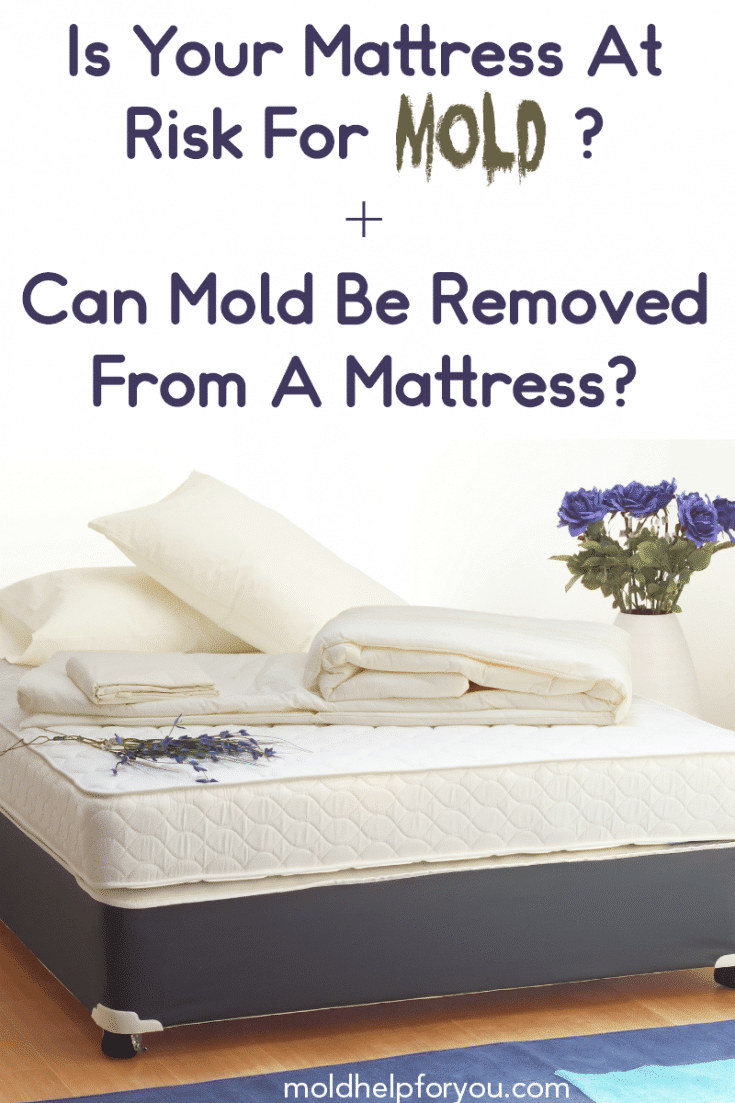

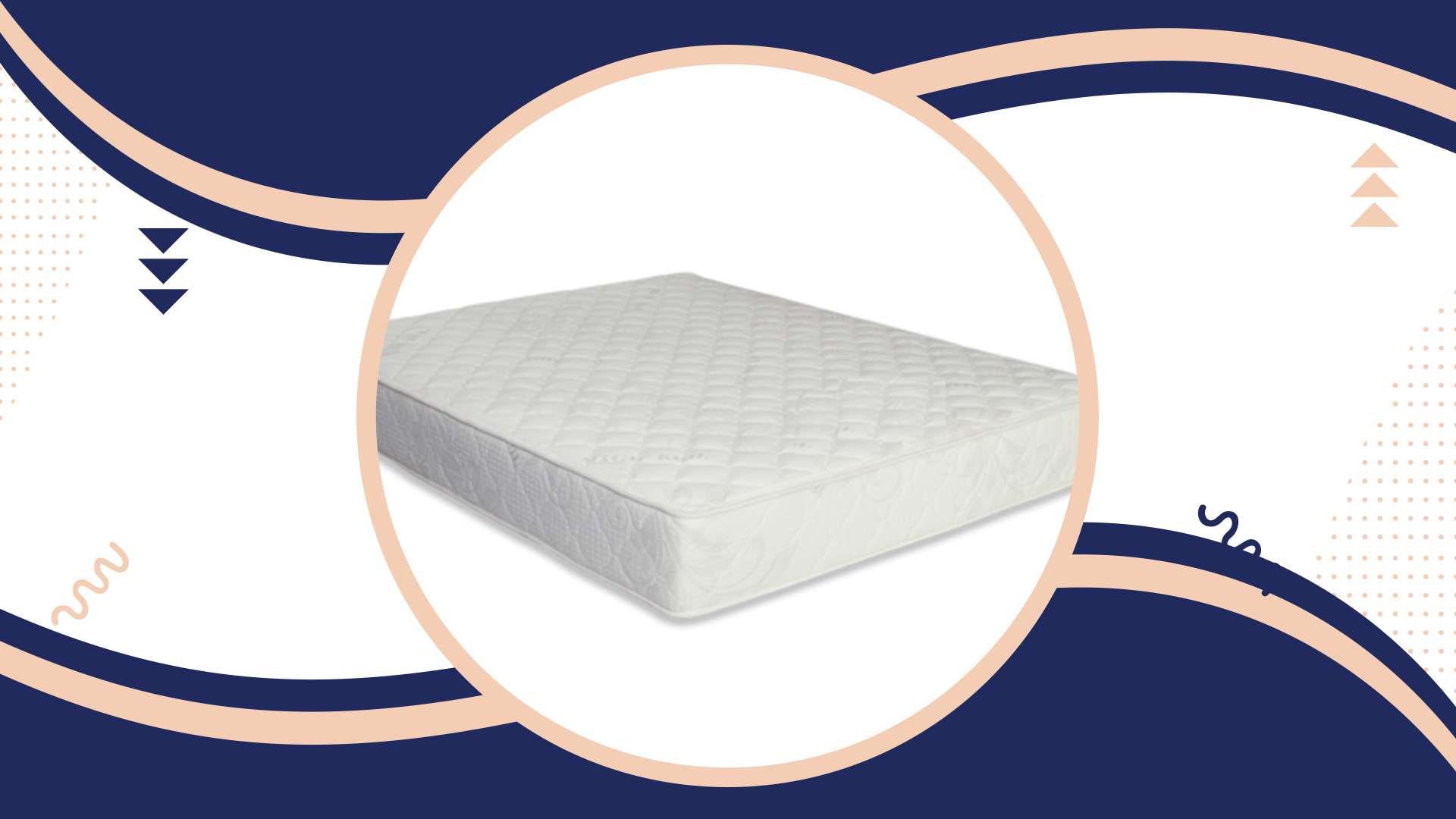


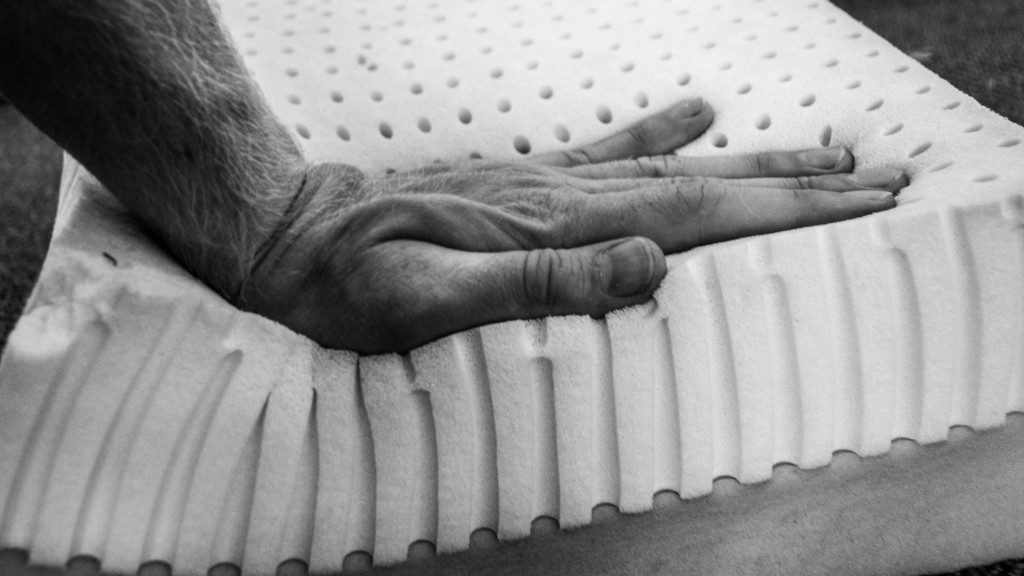
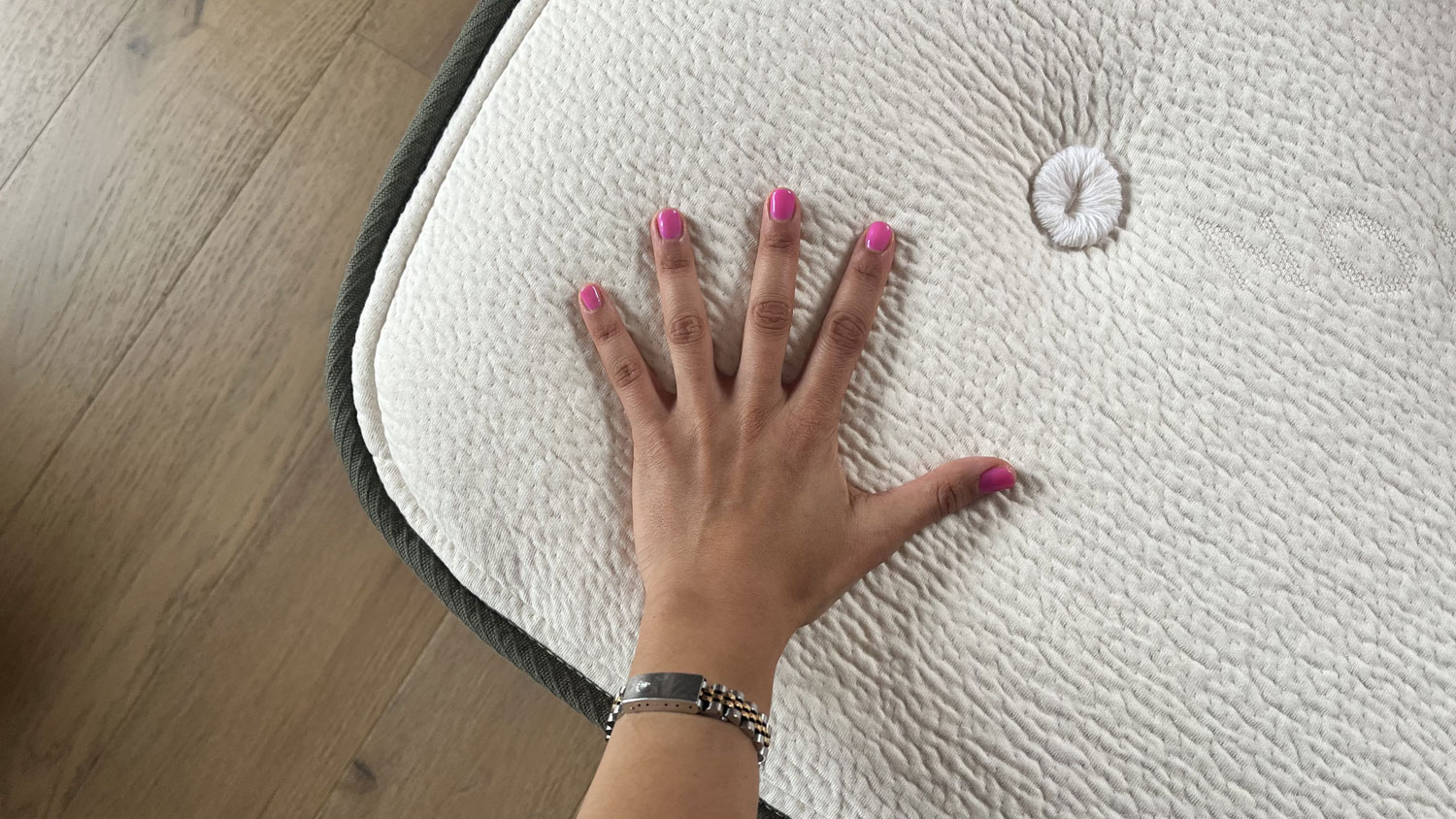



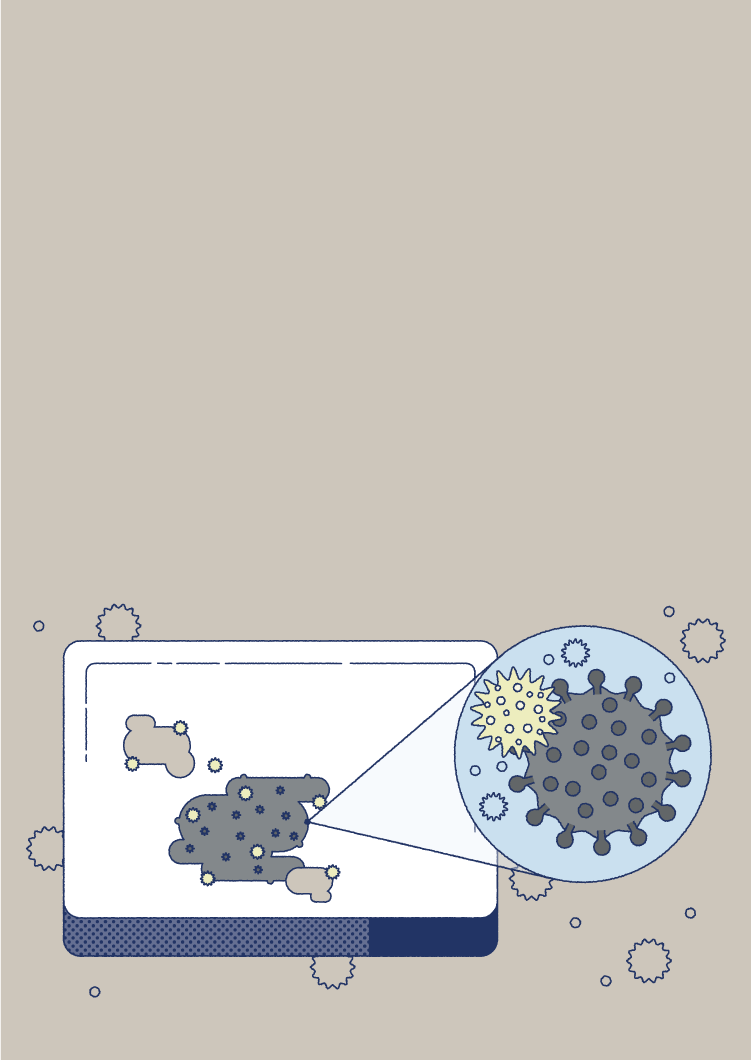

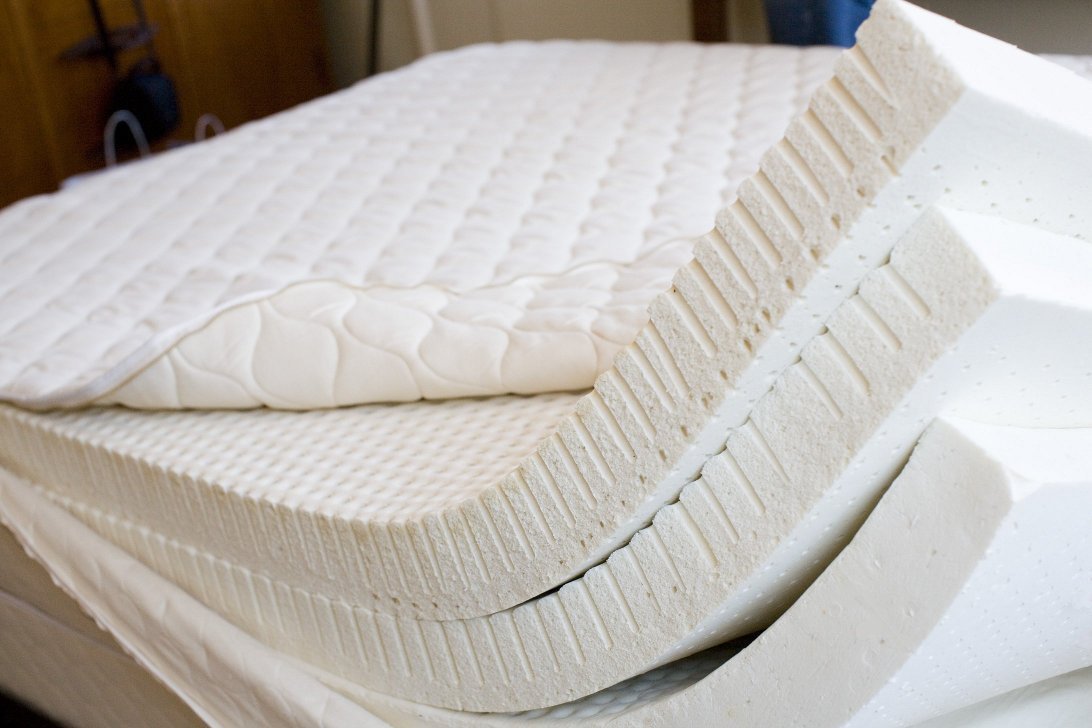
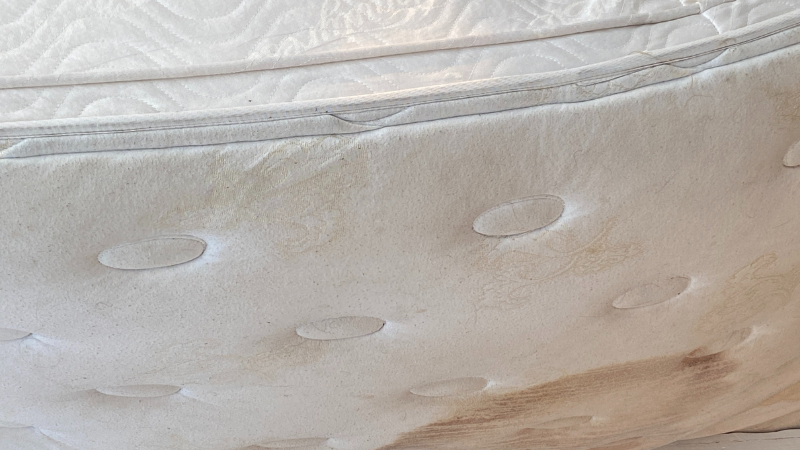
/GettyImages-1206150622-1c297aabd4a94f72a2675fc509306457.jpg)
